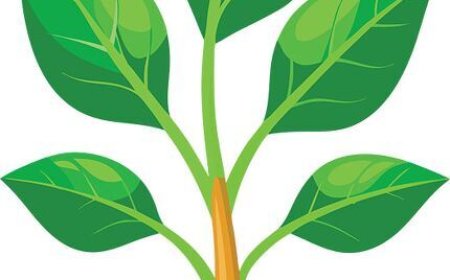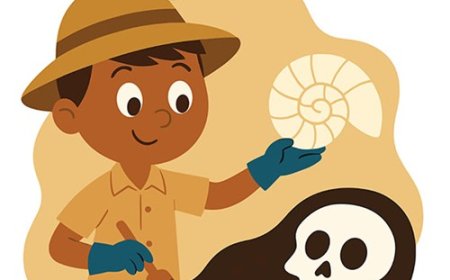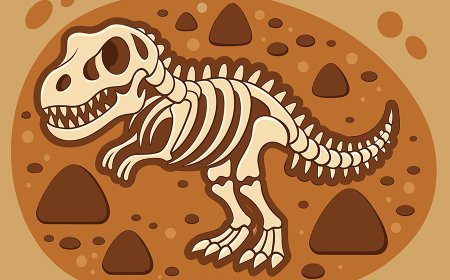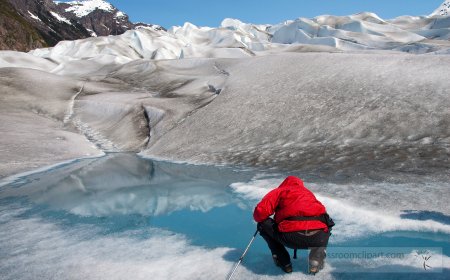What Is a Cell? A Simple Guide for Kids
Discover what a cell is, why it’s important, and how it helps living things grow and stay alive. A fun science guide for kids!
🧫 What Is a Cell?
🧬 Introduction: The Building Blocks of Life
Everything that is alive—people, animals, plants, and even tiny bugs—is made up of cells. A cell is the smallest living part of any organism. Cells are like little building blocks that fit together to make living things.
Some living things are made of just one cell, while others (like humans) are made of trillions of cells! Without cells, life wouldn’t exist at all.
🔍 What Do Cells Do?
Cells are tiny but powerful. Even though they’re too small to see without a microscope, each cell can:
- Grow and change
- Take in nutrients (food) and water
- Make energy
- Reproduce (make new cells)
- Remove waste
Each cell works like a mini factory, doing jobs that keep your body working!
🧫 Different Types of Cells
There are two main kinds of cells:
- Animal cells – Found in animals and humans
- Plant cells – Found in plants and trees
Both have similar parts, but plant cells have a cell wall and chloroplasts, which animal cells do not.
Cells can also be specialized:
- Muscle cells help you move
- Nerve cells send messages in your brain
- Skin cells protect your body
🧒 Kid-Friendly Summary
A cell is the tiniest living part of any plant, animal, or person. All living things are made of cells. Cells help your body grow, get energy, and stay alive. Some creatures have just one cell, but people have trillions!
🌟 Interesting Facts About Cells
- The average human body has around 37 trillion cells!
- Some bacteria are just one single cell.
- Red blood cells in your body don’t have a nucleus.
- Cells were first discovered in 1665 by a scientist named Robert Hooke.
💭 Think About It
If your body is made of trillions of cells, how do you think all those tiny parts work together to help you run, think, and grow?






















































